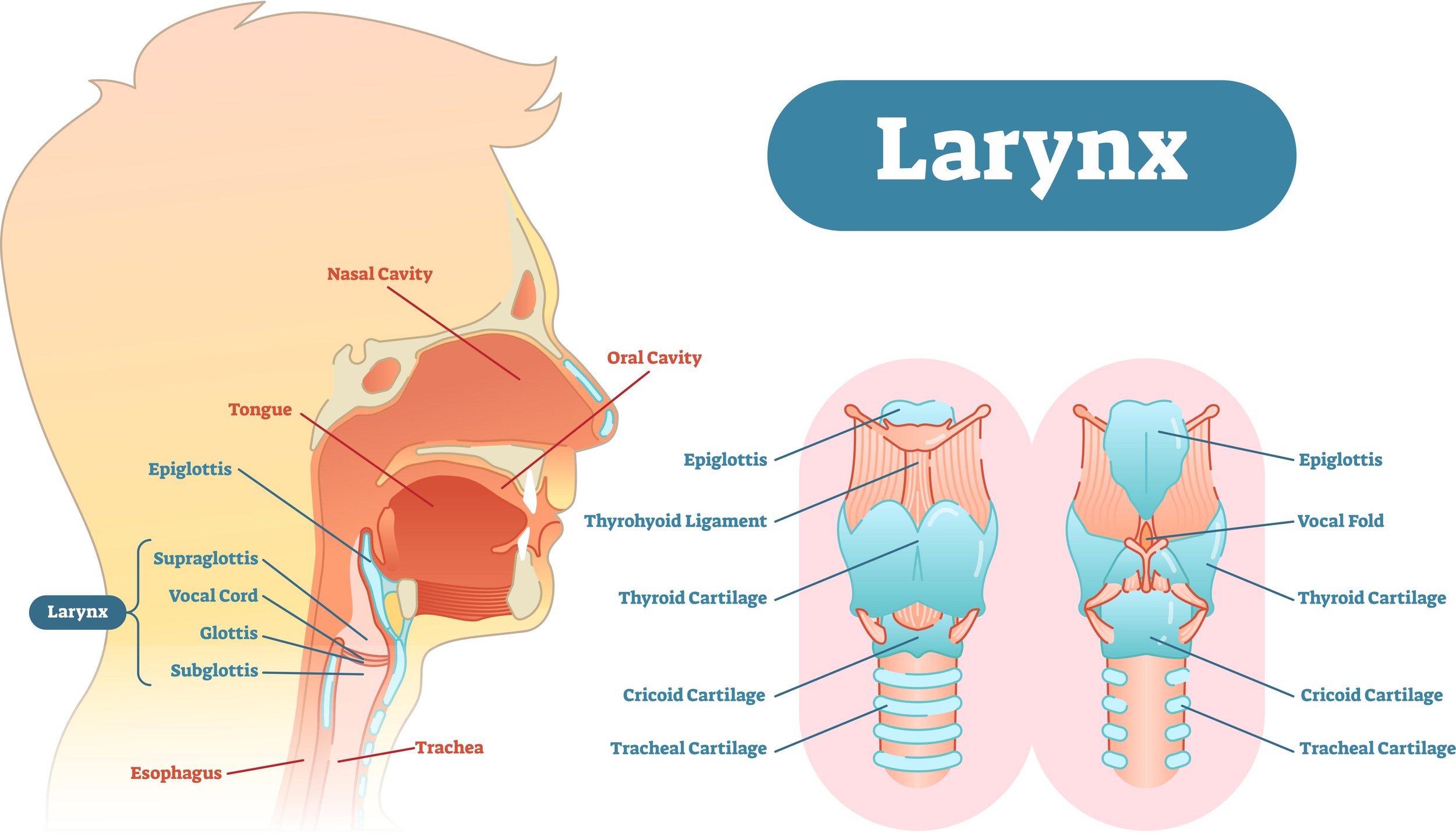How to Restore a Feminine Voice After AAS Use for Muscle Growth
There’s always a new body trend for women, it seems. In the 90s, models like Kate Moss were “heroin chic” and stick thin. In the early 2000s, it was all about flat stomachs and low rise jeans. And now, muscles are in.
With the rise in popularity of the muscular physique, anabolic androgenic steroids (AAS) have become popular, too. Male and female bodybuilders alike use these drugs to enhance muscle growth, reduce fat, and improve recovery. While these substances can deliver dramatic physical results, they come with significant risks, particularly when it comes to vocal health.
For women, the androgenic effects of AAS can result in permanent changes to the voice, among other changes.
This blog explores the impact of AAS use on the female voice. You'll find insights into vocal health and exercises to feminize the voice after AAS use.
What are Anabolic Androgenic Steroids?
Anabolic androgenic steroids are synthetic substances that mimic testosterone. Testosterone is the hormone responsible for both anabolic (muscle-building) and androgenic (masculinizing) effects. Athletes and bodybuilders use AAS to increase their muscle mass, strength, and reduce recovery time.
However, these benefits come with androgenic side effects, which are more pronounced in women and AFAB people.
Among these effects are body hair growth, enlarged clitoris, loss of periods, acne, and lowering of the voice. These concerns are often overlooked by those seeking the physical gains associated with AAS use.
A 2020 study in Norway found that “almost all of the participants were introduced to AAS by a trusted male person within the gym environment”. These drugs are illegal without a prescription, so obtaining them can be difficult. So, many women rely on trusted male partners or coaches to help them decide when, how, and how much of these drugs to take.
Effects of Anabolic Androgenic Steroids on the Female Voice
One of the most noticeable effects of AAS use in women is the deepening of the voice. This occurs because elevated testosterone levels affect the vocal folds, causing them to thicken. This thickening results in a lower pitch. Additionally, women may experience changes in the sound quality of their voices.
Elevated testosterone levels from AAS impact not just the vocal folds but the entire vocal anatomy. Over time, the larynx may grow slightly larger, further contributing to vocal masculinization. Unlike some other side effects of AAS, vocal changes cannot be reversed with hormone therapy.
Voice changes can occur rapidly. In one case study, a 27 year old woman reported that she noticed voice changes 8 weeks after starting a 6 week AAS cycle. Her voice settled at an F0 of 110 hz, which is within the masculine perceived pitch range (Bensoussan, 2019).
Emotional Impact of Voice Change
While some may already know that their voices will change, some don't. Navigating the emotions of a more masculine perceived voice can be challenging either way.
One participant in a study, Nora, was “surprised and felt bad when she heard her voice recorded”. She says, “It was very rough. But you don't hear your own voice. I remember hearing my own voice on Snapchat and thought: Oh Lord, is that me? There had been several times that I had called around, for instance for doctor appointments or ordering something, when the person on the other line thought that I was a man” (Havnes, et al, 2021).
Powerlifter and IFBB pro bodybuilder Hunter Henderson describes her disappointment over losing her singing voice in this video.
Vocal Feminization Techniques After Anabolic Androgenic Steroid Use
The changes that AAS makes to the voice cannot be reversed, but there’s another option - voice training.
Through targeted exercises and techniques, it is possible to make changes to the voice so it to aligns more closely with a feminine sound.
So, in voice training, it’s important to focus on these 4 things:
Stay Hydrated
Proper hydration helps maintain vocal fold flexibility and reduces strain, which is especially important for managing the structural changes caused by AAS use. Hydration supports smoother vocal fold vibrations, improving vocal quality and pitch control.
Warm-Up Exercises
Gentle vocal exercises can help minimize strain and keep the voice flexible. One effective warm-up is humming through a straw into a glass of water. Start in a comfortable mid-range pitch and sliding gently up and down. This allows the vocal cords to vibrate more efficiently, and encourages smooth transitions between pitches without adding strain.
Pitch Exercises
Focusing on pitch exercises can help counteract the drop caused by AAS by gradually retraining the voice to operate in a higher range. Use a pitch app like Voice Tools to measure how high or low your voice is.
Resonance Exercises
Resonance exercises are important for retraining the perception of femininity in the voice. By focusing on forward resonance, where vibrations are felt in the lips and nose rather than the throat or chest, you can create a brighter, more feminine tone. One effective exercise is the "ng" hum, where you sustain the sound with a relaxed tongue position and feel the vibrations in the mask of your face. This helps develop control over resonance placement and enhances the feminine qualities of your voice.
Vocal Weight Exercises
Reducing vocal weight can help create a more feminine vocal quality by emphasizing lighter sounds. This involves engaging less vocal fold mass during phonation, which results in a voice that sounds less heavy and more agile. A helpful exercise is a sigh. This is a great example of a light vocal weight. This encourages efficient vocal fold closure and helps you find a brighter, less weighty sound.
Conclusion: Take the Next Step Toward Your Feminine Voice
The changes caused by AAS use can feel overwhelming, but they don’t have to define your voice. While the physical changes to the vocal folds are permanent, voice training offers an empowering path to reclaiming a feminine voice. By focusing on pitch, resonance, vocal weight, and hydration, you can reshape how your voice is perceived and align it more closely with your authentic self.
If you're feeling lost or frustrated with your voice, know that you don't have to navigate this journey alone. Personalized training can make a huge difference in helping you reach your vocal goals in a way that feels natural and sustainable.
Sign up for a consultation today to start your journey toward a feminine voice that feels true to you.
Havnes, Ingrid Amalia; Jørstad, Marie Lindvik; Innerdal, Ingveig; Bjørnebekk, Astrid. (2021) Anabolic-androgenic steroid use among women – A qualitative study on experiences of masculinizing, gonadal and sexual effects. International Journal of Drug Policy. https://www.sciencedirect.com/science/article/pii/S0955395920302164
Bensoussan, Yael; Anderson, Jennifer. (2019) Case report: The long‐term effects of anabolic steroids on the female voice over a 20‐year period. Clinical Case Reports.https://pmc.ncbi.nlm.nih.gov/articles/PMC6509898/























